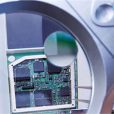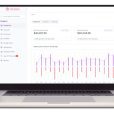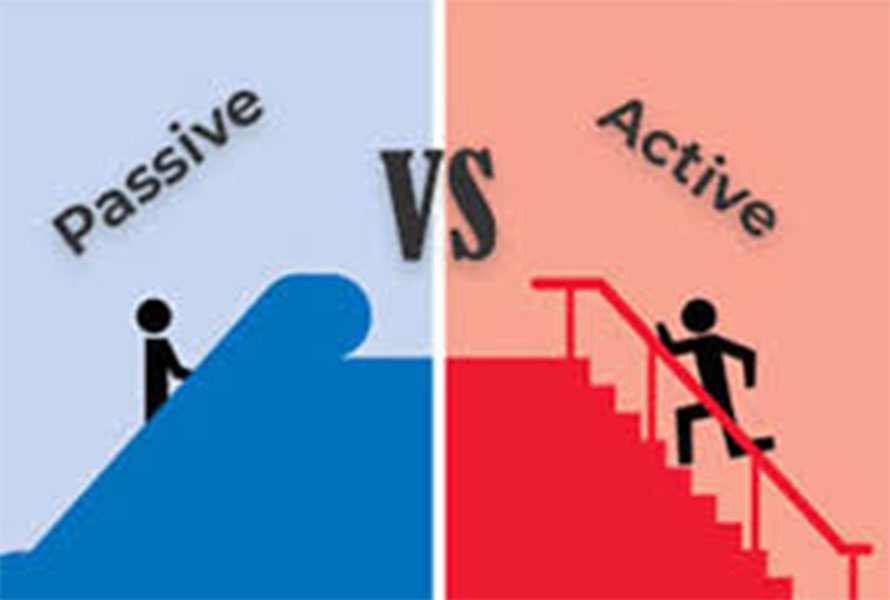The S&P Dow Jones has been reporting regularly on the active versus passive debate since 2002, releasing reports every six months.
Titled the “SPIVA Australia Scorecard”, the report can be found at the link below:
https://www.spindices.com/documents/spiva/spiva-australia-year-end-2018.pdf
The highlights were as follows:
The report shows that over a one-year period, 86.7% of Australian large cap equity funds failed to outperform the benchmark. Over the 5- and 10-year periods, 79.6% and 83.2% of funds underperformed the S&P/ASX 200 index.
For Mid-Cap and Small-Cap Australian equity funds over a 5- and 10-year periods, 70.1% and 47.2% underperformed the S&P/ASX mid-small cap index respectively.
In the International Equity General Funds space, over a 5- and 10-year periods, 90% underperformed the S&P Developed Ex-Australia LargMidCap index.
Regarding Australian Bond Funds, on an absolute basis, 98.4% of bond funds underperformed their index.
The report makes interesting reading but highlights the issue of selecting actively managed equity funds that generally have higher management fees and may be subject to performance fees.
Underperformance of fund managers that manage several funds can be masked by simply closing funds that underperform and focusing marketing on their relatively more successful funds. Over 10 years only 57.7% of funds across all categories survived the full 10-year period.
For example, a manager could launch several funds, with one fund showing out-performance over a short time period. The manager can then highlight the out performance of that fund. Unfortunately, investors need to select funds with foresight rather than hindsight.
Some fund managers can have highly concentrated single stock exposures you could be unaware of. Cadence Asset Management (ASX: CDM), for example, held 20million shares in ARQ.ASX (the old Melbourne IT) last year when the share price peaked at $3.37; representing about 20% of the fund’s assets. CDM have held on since then, and with ARQ.ASX closing today at $0.66c, that amounts to a $54m loss to CDM. With a current market cap for CDM at $240m, the loss on ARQ is not insubstantial. Up until last year CDM have enjoyed great outperformance over the long term, but for the year to 31st May 2019, CDM unsurprisingly underperformed the market by 26.7%.
It is important to select managers over a longer time frame to assess the consistency of their performance. To avoid concentration risk you need to be diversified, but being diversified you tend to track the market (less fees).
The factors described above is probably the reason that passive investing via a diversified ETF portfolio is becoming much more popular.
- How the Chevron Doctrine decision could shake the environment and investors - July 10, 2024
- Why a tsunami of liquidity might be on its way - July 5, 2024
- A quick explainer on Hybrids and why people trade them - June 24, 2024













Leave a Comment
You must be logged in to post a comment.